Today we will focus on the great yogi, the practice of Tibetan Buddhism, the great master Ayu Khandro Dorje woman Peldron (Ayu Khandro Dorje Peldron) (1839 - 1953).
Ayu Khandro Dorje Peldron (Ayu Khandro Dorje Peldron) (1839-1953) was born in a place called Taktszik in Kham (eastern Tibet). At birth, a local yogi Togden Randrik (...- 1865) gave her name Khandro Dechen. Her father's name was Gon Tamdrin, her mother called Tsoki. She had three brothers and three sisters.
At the age of seven years, Ayu Khandro moved in with his aunt Dronke (...- 1865) - practitioner, who lived in a cave not far from the place where then Randrik lived. In 13 years, Ayu Khandro engaged to a man from a wealthy family by the name of Apo Wangdi (...- 1897), but despite this, until 1856, until she was 18 years old, she stayed with her aunt. All this time, she helped her aunt with daily activities, as well as learning to read and write with the help of one of the then students. At age 13, she received her first initiation and teachings Rigdzin Longsal Nyingpo (1625-1692) - a term Longsal Dorje Nyingpo.
At age 14, Ayu Khandro, along with his aunt and Togden Rangrik went to visit the great Jamyang Khyentse Wangpo (1820-1892) and Jamgön Kontrula (1813-1899), to Dzongsar - Monastery Khyentse Wangpo, where at this time also, probably, was Chokgyur Lingpa (1829-1870). During this journey Ayu Khandro received many teachings from these and other teachers and, after returning home, he began to perform the preliminary practices of the Longchen Nyingtik.
When she was 16, she again visited Jamyang Khyentse Wangpo. From him she got her name Tsewang Peldron (Tsewang Peldron), as well as many teachings and initiations, including his own newly opened term White Tara - "Heart Essence Almighty mother of immortality" ( 'chi med' phags ma'i snying thig). Upon returning home, Ayu Khandro beginning of the retreat, to immediately put into practice the teachings.
In the summer, when she was 19 years old, Ayu Khandro married Apo Wangdi. Contrary to his own will and desire of his aunt, she had to move in with her husband's family. During the next three years, Ayu Khandro very ill and only when her husband told her she could go back to his cave to continue his religious life, her health improved.
Here's how she tells Ayu about this period of your life?
... When I was nineteen years old in the year of the fire-snake (1857), my parents and brothers and sister decided that I must marry. They began to prepare a wedding, and my aunt is very saddened. She felt guilty that my parents acquainted with the family of Gara Tsong. But, contrary to her advice, they continued to work for the wedding. Aunt told them that I should be allowed to act according to my will, and that we should not tear me away from my practice. But parents insist on my marriage - not for my happiness, and from its own calculations.
The wedding took place in the middle of summer. Togden Rangrig himself came to bless us. It seemed that everything pointed to the fact that we will be happy.
I lived in a family of Gara Tsong three years, and my husband, Apo Wangdi, was very kind and gentle with me. But I suddenly fell ill and became weaker and weaker for two years. No one could determine what kind of illness. Sometimes it was like a disease prany19, and at times I have had convulsions as in epilepsy; Sometimes it seemed that the disease is associated with a disorder of the circulatory system. In short, no doctor could not only help me, but even to establish a definite diagnosis. Helps neither drugs nor rituals. I was getting worse and worse, and finally he felt death approaching, I called on then-Rangrig.
He gave me initiation into the practice of long life and held a ritual intended to return vital forces, as well as many other rituals. Both he and my aunt said that the real cause of the disease lies in the fact that I was forced to lead a worldly way of life and to remain a housewife, in fact I wanted completely different. With one voice they said to my husband and his family, that I should let go and follow the dictates of his heart. They also told them about the signs that accompanied my birth and my encounters with Jamyang Khyentse Wangpo. Finally, they reported that the marriage is entered into contradiction with my true aspirations, it undermined my vitality.
My husband was a very kind person. I told him that if he really understands and loves me, he must follow the advice then give me freedom. He said that if family life is for me such a danger, we should leave. I also said that I would be very glad if he will assist me in carrying out ritoda (practice in full gate), and I hope in the future to become his spiritual sister ...
She continued to practice under the guidance of then his aunt until 1865 - as both mentor did not leave this world. Deeply saddened by their death, she began a three-year retreat.
In 30 years, Ayu Khandro decided to start traveling and practicing Chod. Together with a few companions, she went on a journey to get teachings from such masters as Nyala Pema Dudul (1816-1872) and Adzom Drukpa Drodul Pavo Dorje (1842-1924). From them she received Dzogchen teachings and Dupa many important teachings on Dzogchen.
From Jamyang Khyentse Wangpo Ayu Khandro, together with his companions for several months received such teachings of the Nyingma and Sarma traditions as Khandro Sangwa Kundu, as well as for the Dzogchen pith instructions - for Nyingtik Yabdzhi instructions. She also received instruction on the practices of Chudleigh and tummo Lhavanga Gonpo - Chod practice, with whom she traveled a long period of time.
At the age of 32 she received from Nyala Pema Dudul doctrine Longsal Dorje Nyingpo - practice guidance on Yangti Ngakpa, dark retreat, as well as the name of Dorje Peldron. Nyala Pema Dudul also advised her to travel and continue to do the practice of Chod, which she practiced with her friend, a nun named Pema Yangkyi (1837-1911). All subsequent decade Ayu Khandro moved between Kham, U-Tsang, Ngari and Nepal. She was also on Mount Kailash and practiced Chod everywhere, visiting the holy places and to give guidance and dedication. Her companions were changed during travel. Only at the age of 42 she decided to return home.
The following year, after her return, the ex-husband Ayu Khandro and her friends began to build a hut for her meditation. In addition, she again met with Adzom Drukpa, Jamyang Khyentse Wangpo and Jamgon Kongtrul to receive teachings from them. In 1885 the hut was ready for meditation and Ayu Khanro beginning of a seven-year retreat, focusing on the practice of dark retreat.
In 1891, seven months before the completion of the retreat, she said she experienced a vision in which the more manifested in the crucible Dakini moved Jamyang Khyentse Wangpo at the center of another crucible. She considered it an omen of his teacher's death emergency.
For this reason, she interrupted his retreat and went to visit Lama, who clarified all our available Ayu Khandro questions and doubts about its practices, and told her to come back again in the dark retreat. In 1892, she received notice of the death of his teacher, and decided to hold a retreat in the rest of his life. By the end of her days, she spent a total of more than 50 years in dark retreat, finding at the same time in order to give teachings to his numerous disciples.
In 1894, her mother died, and her ex-husband died three years later. Pema Yangkyi - Ayu Khandro companion in her travels, came to her in 1900 and told the amazing story of one of the former members for their combined travels, which reached the rainbow body by practicing on Mount Kailash. Pema Yangkyi stayed with Ayu Khandro year and then went to the Mount Khava Karpo, where she became a famous teacher, and later reached there the rainbow body. Ayu Khandro also visited students Pema Yangkyi and other former companions of her that she tried to give as much as possible the teachings and practice tips.
In 1951 Namkhai Norbu (p. 1938) visited Ayu Khandro and spent two months of receiving such teachings from her, like Khandro Sangwa Kunda Jamyang Khyentse, Chod Dzinpa Rangdrol, Longchen Nyingtik and Yangti, Tsedrub Gongdü and others. He also asked for and received from Ayu Khandro dedication and comments Sakya Vazhdzhrayogini Naro kechari, the epitome of which it was considered.
During his visit, Namkhai Norbu wrote the life story of Ayu Khandro, she told him. Later, on the basis of these records it was a biography, without which it would have been very little documentary evidence of the existence of this great yogi - as well as other female practitioners of Tibetan Buddhism.
In 1954, at the age of 115 years, Ayu Khandro left this world. A few weeks before his death, she had spent in communion with those who wanted to talk to her. She also handed out many of their valuables - such as his son Adzom Drukpa Adzomu gyeltsen Gyurme Dorje (1895-1959) she presented a precious statue of Padmasambhava, and Namkhai Norbu she left a gift in a little statue of Jamyang Khyentse.
After his death, she remained in meditation for two weeks, on completion of which, her body was very much reduced, that is considered a sign of successful completion of the Dzogchen practice.

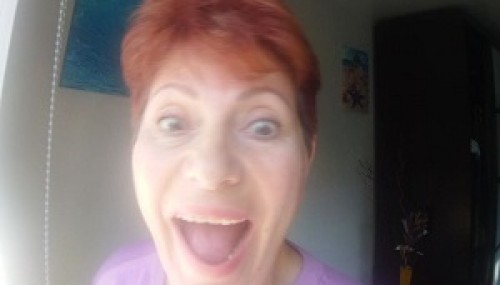
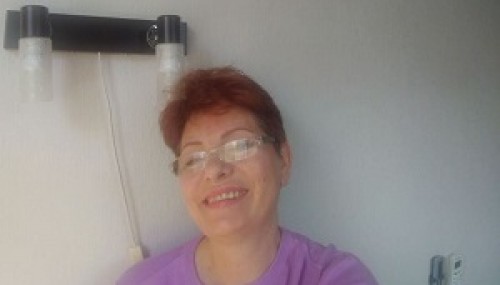

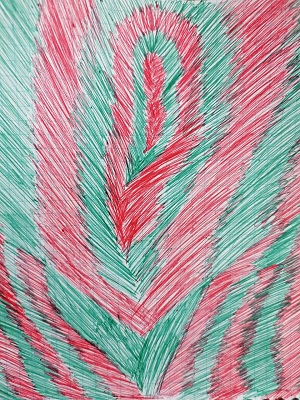

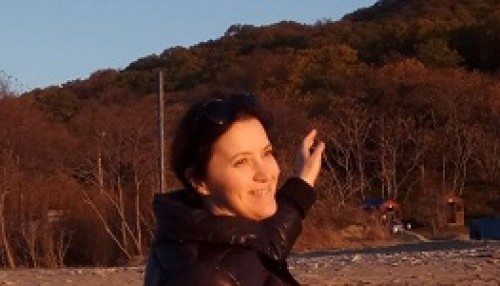
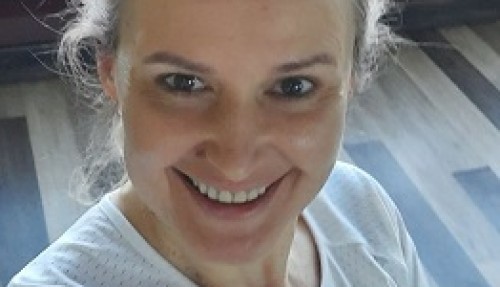
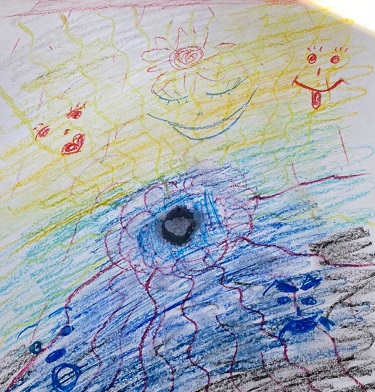
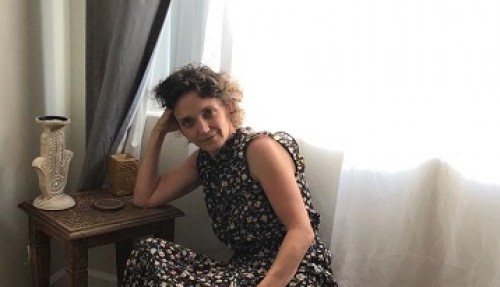
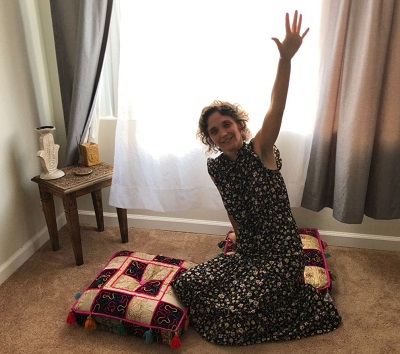
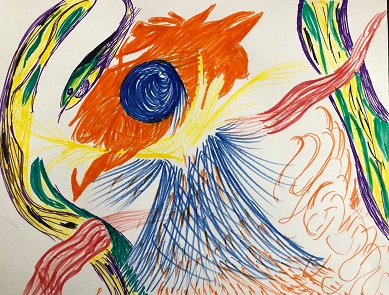
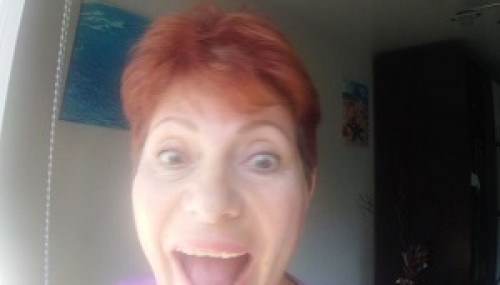
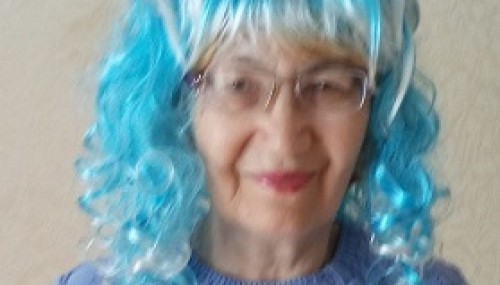
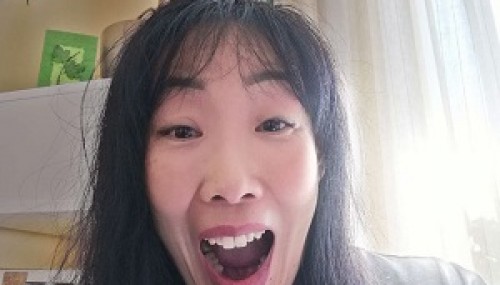
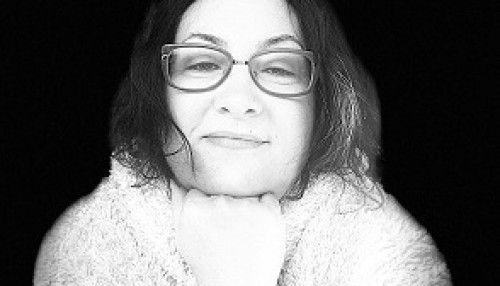
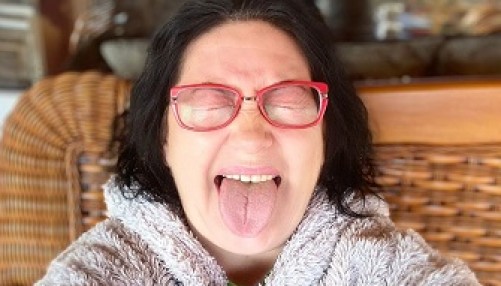
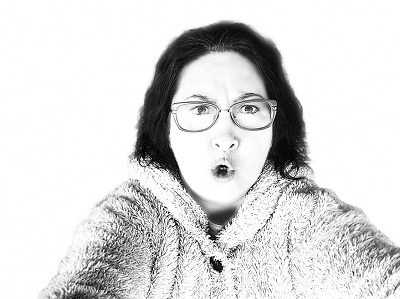
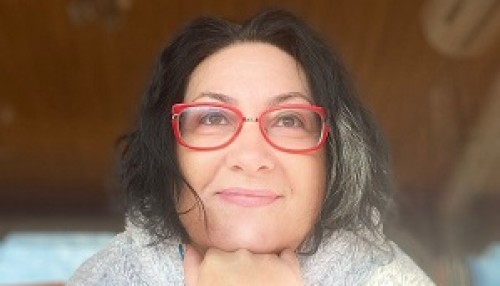
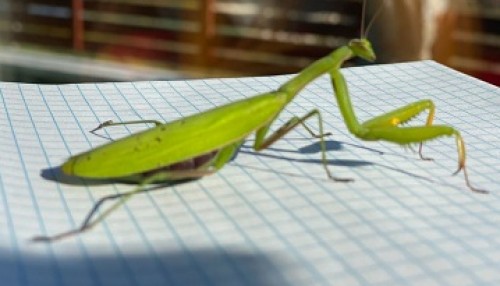
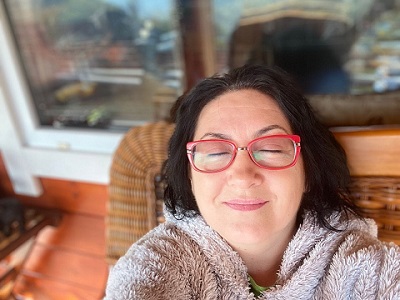

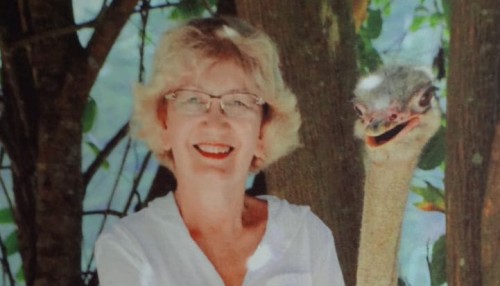

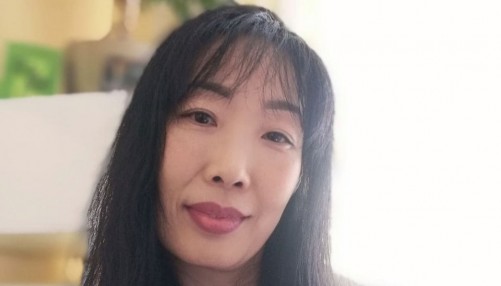
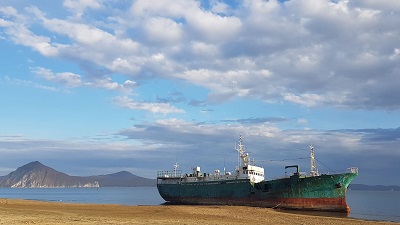
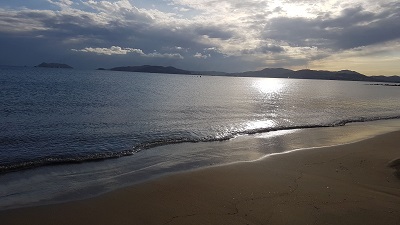
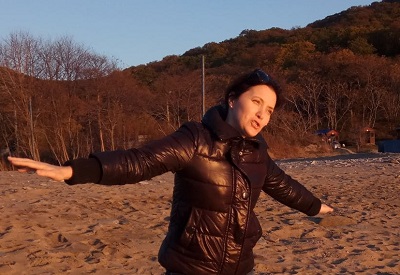

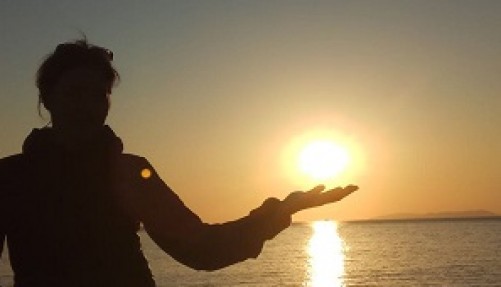
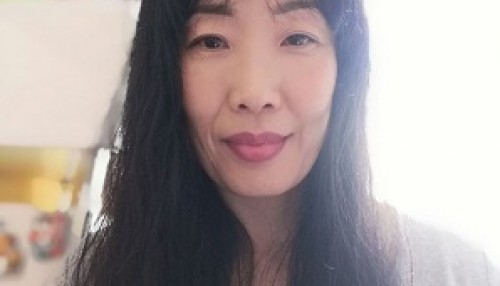
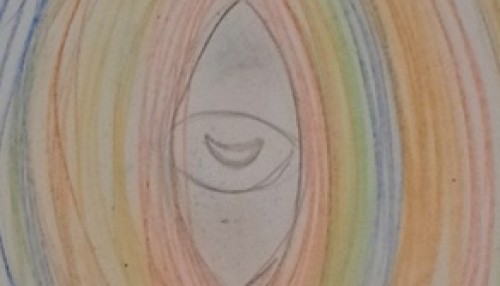
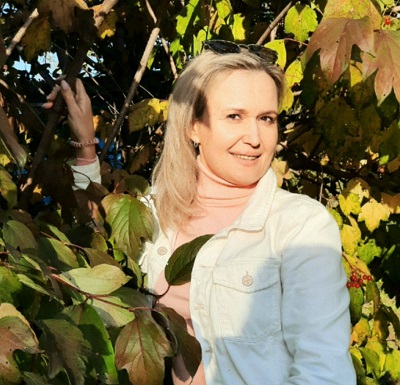
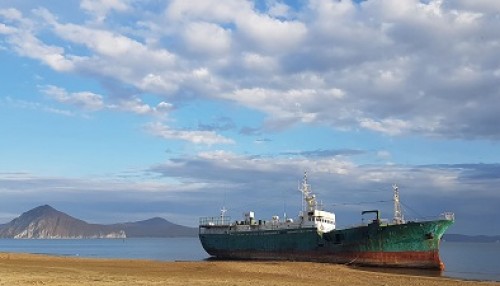
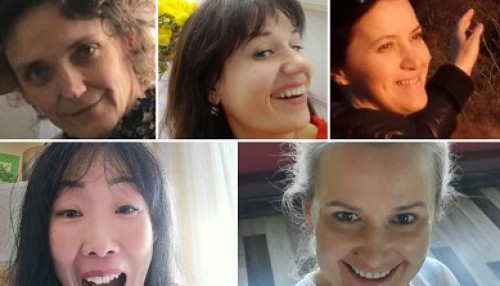
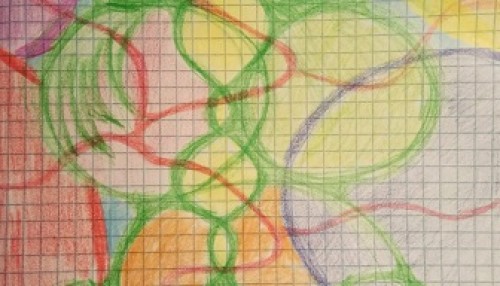
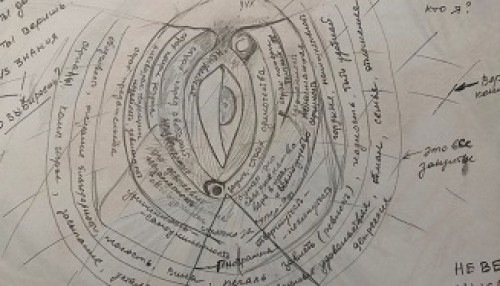
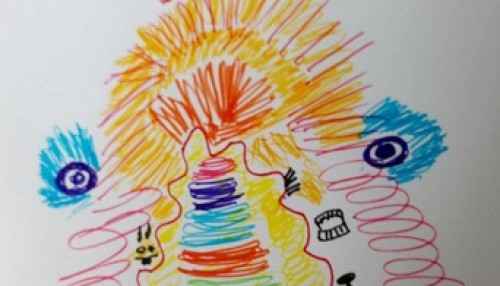
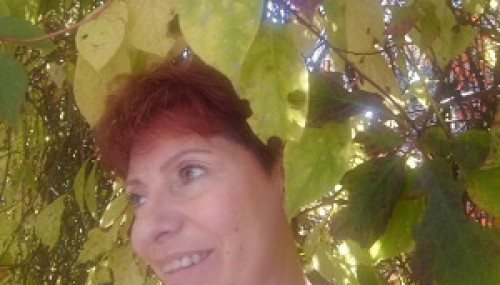

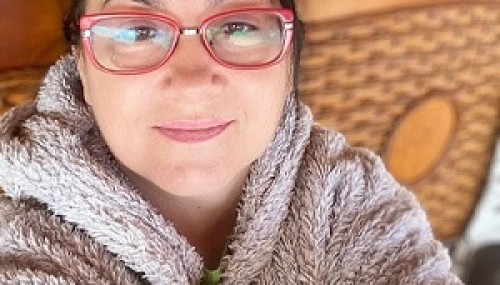
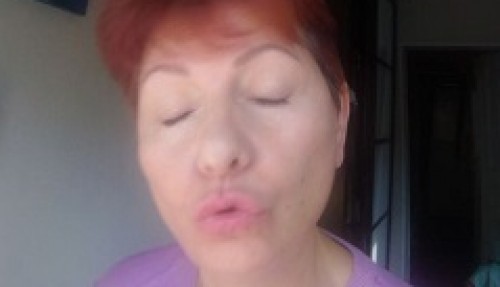
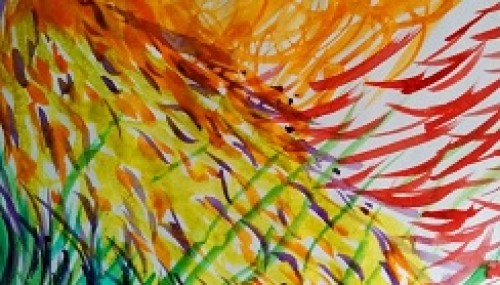

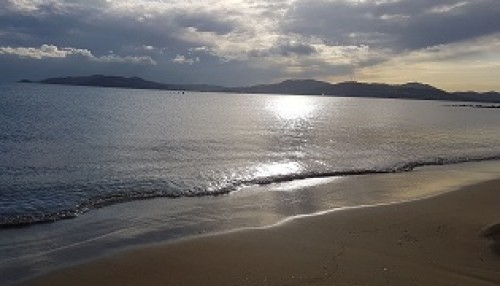


15.03 03:48
15.03 03:48
01.03 17:57
03.06 18:45
03.06 18:44